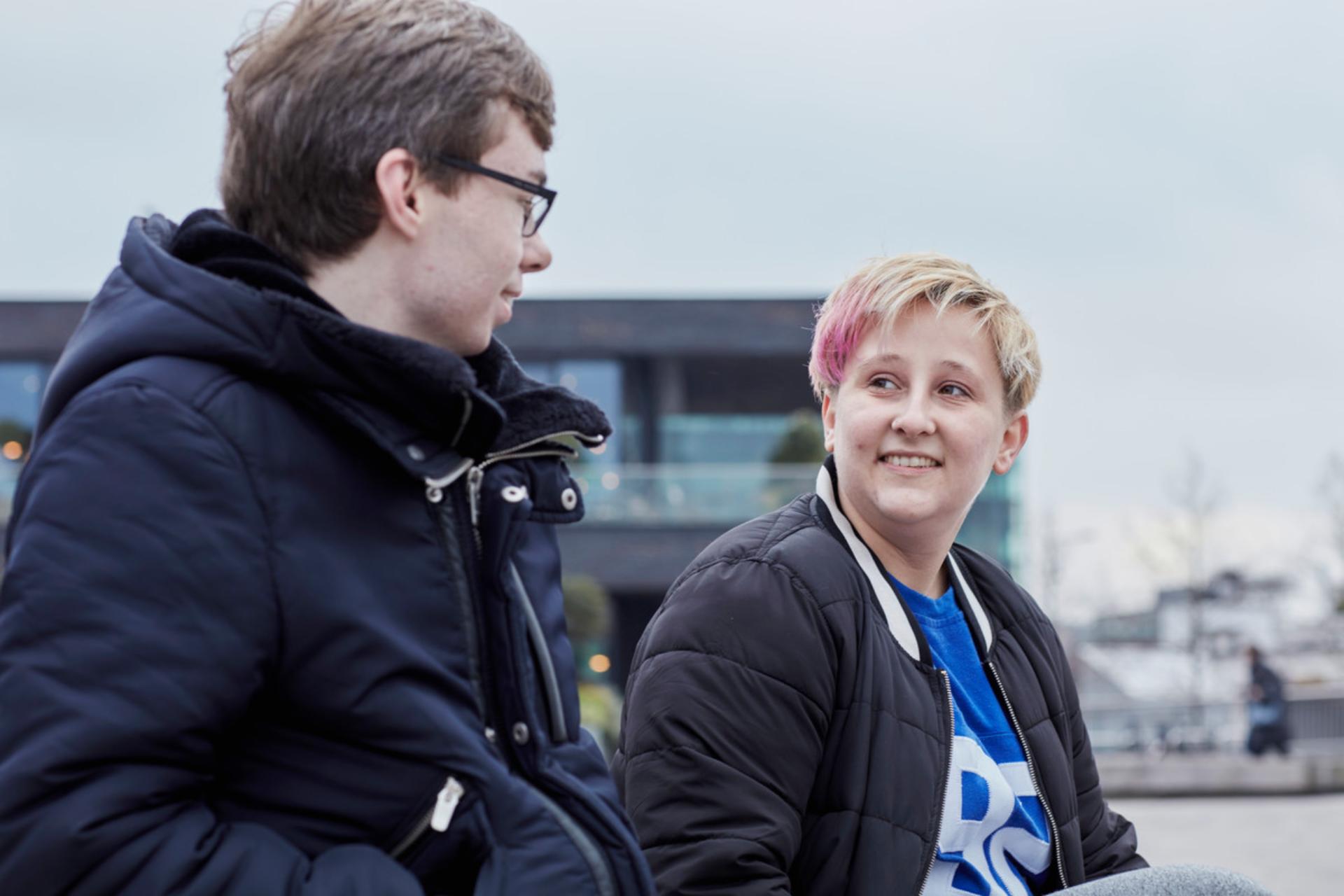Eastern Europe and Central Asia is the only region in the world that did not achieve the global Millennium Development Goal on halting and reversing the AIDS epidemic by 2015. While the overall global number of HIV infections has declined by 35% since 2000, at the end of 2015 the overall trend of new HIV infections in this region continued to increase, with 190,000 new infections in 2015. This indicates that existing HIV prevention programmes have not had sufficient coverage or intensity to stem the spread of HIV in Eastern Europe and Central Asia.
On World AIDS Day 2017, IPPF EN is proud to join our partner UNFPA EECARO in launching a new toolkit to support young people who are particularly vulnerable to HIV infection and are facing widespread stigma, discrimination and violence.
“Health, rights and well-being” (see below) is a practical guide for programming on HIV and sexual and reproductive health care with young key populations in Eastern Europe and Central Asia. It was developed on the basis of discussions in eight countries with young people from groups that are most at risk of HIV infection: sex workers, drug users, men who have sex with men and prisoners.
The toolkit describes the situations they face, policy and legal contexts, and includes examples of good practice and tips for implementing successful programmes from the young people themselves.
We believe that it provides very practical support to all those of us working to ensure that the rights of these young people are met, that discrimination is stopped, and that they can fulfil their potential.
The guide is designed for public health care professionals, health workers, managers of HIV and SRHR programmes and NGOs, including community groups. We hope that it will also be of interest for international funding organisations as well as advocates and decision-makers.
In this short video, some of the people involved in creating this new guide explain what it is, and the contribution they hope it will make:
when
Subject
HIV and STIs









